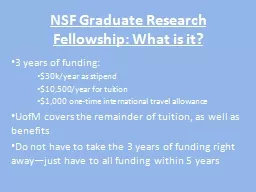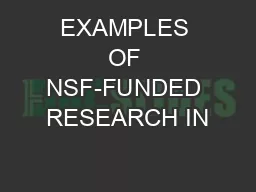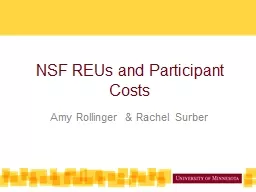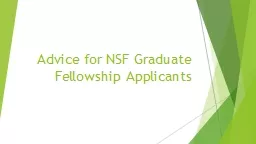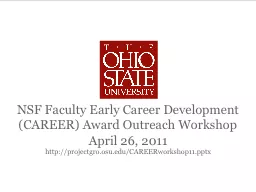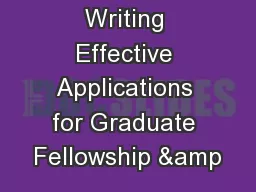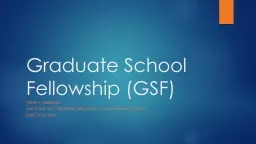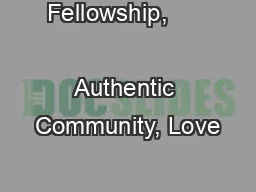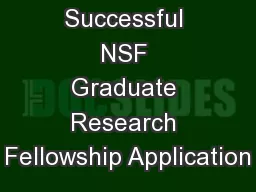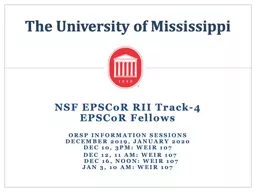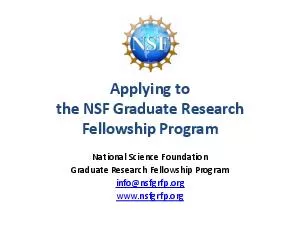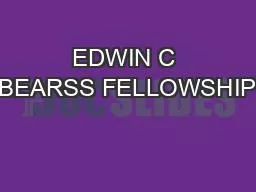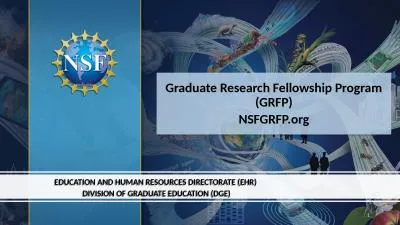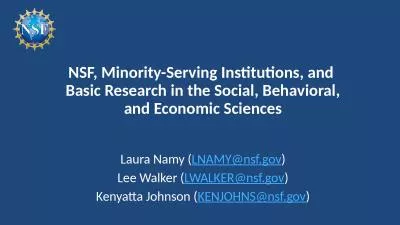PPT-NSF Graduate Research Fellowship: What is it?
Author : cheryl-pisano | Published Date : 2016-02-29
3 years of funding 30kyear as stipend 10500year for tuition 1000 onetime international travel allowance UofM covers the remainder of tuition as well as benefits
Presentation Embed Code
Download Presentation
Download Presentation The PPT/PDF document "NSF Graduate Research Fellowship: What i..." is the property of its rightful owner. Permission is granted to download and print the materials on this website for personal, non-commercial use only, and to display it on your personal computer provided you do not modify the materials and that you retain all copyright notices contained in the materials. By downloading content from our website, you accept the terms of this agreement.
NSF Graduate Research Fellowship: What is it?: Transcript
Download Rules Of Document
"NSF Graduate Research Fellowship: What is it?"The content belongs to its owner. You may download and print it for personal use, without modification, and keep all copyright notices. By downloading, you agree to these terms.
Related Documents

